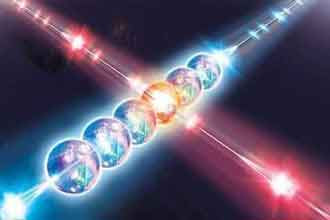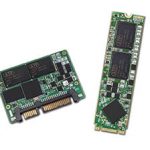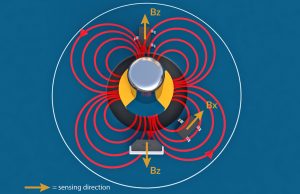
In quantum chips, phononic resonators coupled with superconducting bits are key components for connecting converted optoelectronic signals and performing quantum logic operations. Such coherent phonon devices have wide application value in many fields such as quantum information, nanomechanics and thermoelectric materials, ultrasensitive sensing, nondestructive testing and geological exploration. However, there is a technical "disturbance" in the manufacture of this key component, that is, the signal quality and calculation accuracy are susceptible to interference or even damage by environmental noise. Jing Hui, a professor at the College of Physics and Electronic Science of Hunan Normal University, proposed a one-way quantum phonon laser technology that not only achieves high-fidelity directional amplification of signals, but also significantly suppresses the interference or damage of reverse noise on chip functions. The technical solution does not rely on material nonlinearity, and is convenient to expand to the integrated array circuit, filling the gap of the international one-way phonon laser research, and providing a practical application for quantum computing, one-way communication, stealth detection, heat flow control, etc. General method. Related results were published online on December 15th in the journal Physical Review and Application of the American Physical Society.
In this work, Jing Hui proposed that the unidirectional amplification and transmission of sound waves can be realized by the relativistic optical effect of the rotating cavity. Firstly, the optical cavity pressure is used to design the coupling cavity parameters to realize the phonon coherence amplification, that is, the phonon laser. Then use the relativistic Sagnag effect, that is, the frequency and the radiation pressure of the light along or opposite to the direction of rotation of the cavity will be different, so that the phonons generated in one direction are coherently amplified, while the phonon excitation in the opposite direction is completely Was forbidden. Finally, a new one-way phonon coherent amplification technique that can achieve high fidelity directional amplification of the signal and significantly suppress the interference of reverse noise on the chip function is realized.
Follow Me

 Английский
Английский  Китайский
Китайский  Немецкий
Немецкий  Корейский
Корейский  Японский
Японский  Farsi
Farsi  Portuguese
Portuguese  Russian
Russian  Испанский
Испанский 





